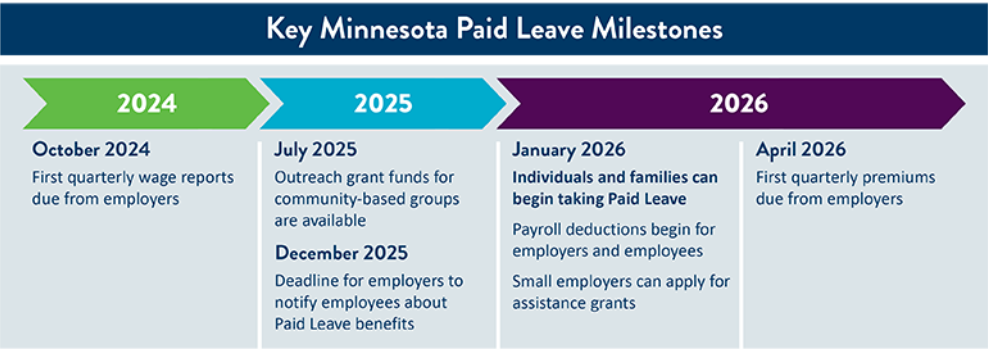by Flagship Staff | Jun 27, 2025 | Uncategorized
We’re excited to share that Lisa Brown has been promoted to Director of Operations at Flagship Insurance Services!
Lisa has been an integral part of our team for over three and a half years, bringing deep insight, dependability, and a strong alignment with our company values. Her dedication to operational excellence and cross-team collaboration has been felt throughout the organization, and we’re proud to recognize her hard work and leadership. Lisa also recently earned her MBA in the fall of 2024, further demonstrating her commitment to growth and development.
In her new role, Lisa will oversee day-to-day operations across all business lines, with a focus on strategic alignment, process improvement, and supporting team success. This move represents a key milestone for both Lisa and Flagship as we continue building toward our next phase of growth.
Please join us in congratulating Lisa on this well-deserved promotion!
Warm regards,
Nick Kuchenbecker & Jennifer Stratton
Owners, Flagship Insurance Services

by Flagship Staff | Jun 2, 2025 | Uncategorized
Nearly all Minnesota employers will have responsibilities under which provides Family and Medical Leave paid time off to employees for the following reasons:
- Family Leave to care for a family member with a serious health condition, or to bond with a new baby or child.
- Medical Leave when the employee’s own serious health condition prevents them from working.
Leave can also be taken to support a family member called to active duty or if the employee or a family member is facing a significant personal safety issue.
As a Minnesota Employer you are required to implement a Paid Family Medical Leave Program with benefits available to employees by January 1, 2026; however, the plan offered by the state might not be the most cost-effective or flexible solution for your organization. You may choose to meet your responsibilities under Minnesota Paid Leave by providing an equivalent plan through a private carrier that meets or exceeds the state plan’s coverage.
To help us provide you with the most accurate and comprehensive plan options available we encourage you to take the following steps soon:
- Complete our brief PFML Quote Request Form online.
- Request our PFML Employee Census Template at compliance@flagshipinsuranceservices.com.
- Upload the census to the completed quote request form and submit online.
We will begin the quoting process upon receipt of your submission.
To learn more, we invite you to watch our Introduction to MN PFML Recorded Webinar. This 15-mintute webinar provides additional information regarding your role and responsibilities as an employer under Minnesota Paid Leave.


by Flagship Staff | Jun 2, 2025 | Uncategorized
PCORI Fees Due July 31, 2025.
The Affordable Care Act (ACA) requires health insurance issuers and self-insured plan sponsors to pay Patient-Centered Outcomes Research Institute fees (PCORI fees). The fees are reported and paid annually using IRS Form 720, the Quarterly Federal Excise Tax Return.

by Flagship Staff | Apr 5, 2021 | Uncategorized
Check out our spread in “Insurance Minnesota” magazine – March 2021 Issue!

Flagship Insurance in Shakopee – not your typical insurance office.





